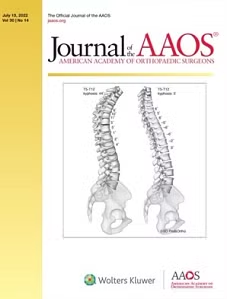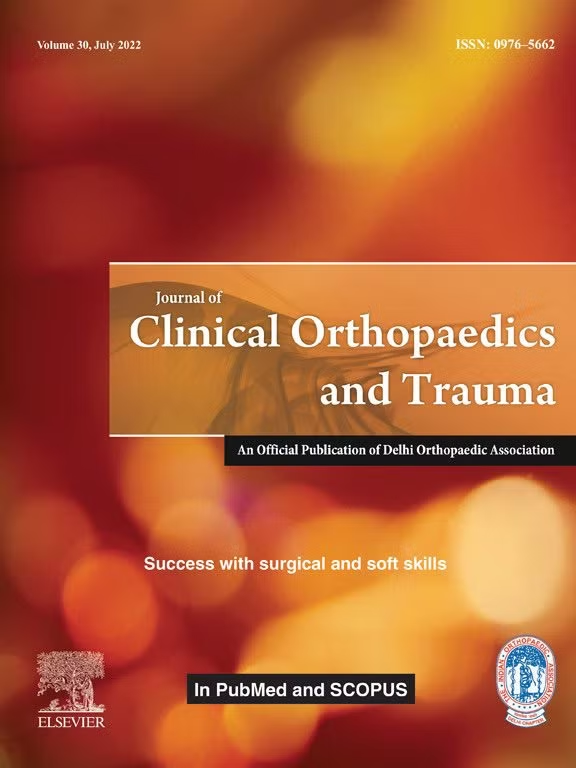
If you’re considering non-invasive spine treatment or awake spinal surgery, it’s extremely helpful to review back pain statistics from the “Burden of Back Pain” section of a milestone study entitled Burden of Musculoskeletal Diseases in the United States: Prevalence, Societal and Economic Costs (BMUS).
Newer editions of this routine study are continually updated by the United States Bone and Joint Initiative (USBJI) in collaboration with a number of organizations and professional societies.
Back Burden Highlights and Non-Invasive Spine Treatment
Among musculoskeletal disorders, back pain was the most common reason for health care visits in 2013. Nearly one in four Americans (24.7 percent) made a health care visit with a diagnosis of back pain in 2013. Non-invasive spine treatment, such as awake spinal fusion surgery and other new and advanced technological procedures, has also increased accordingly.
Since then, the number of physician office visits for back pain has continued to increase, with three out of four visits (73 percent) being physician office visits. This is on top of prior years’ statistics. The number of visits in the United States increased from 32 million in 1998 to nearly 45 million in 2004 — and to over 57 million in 2013. A growing number of people are going to the doctor for back pain, as well as a larger share of the population.
Back pain caused 11.8 out of 100 visits to the doctor in 1998. This went up to 15.1 people per 100 in 2004. Through 2008, the ratio dropped slightly, but by 2013 it was up to 18.1. Most of the increase was due to low back pain.
While about 58 percent of back pain health care visits in 2013 were made by females, the rate of total back pain visits per 100 patients was slightly lower for females than for males (6.4 versus 6.5). The highest number of back pain diagnoses per 100 patient visits was 9.5 for people aged 45 to 64 years old, but the highest number was 43.7 for people aged 65 and older.
Back pain visits per 100 patients were similar across all races/ethnicities and geographic regions, with non-Hispanic whites and northerners having the highest rates (23.2 and 29.5).
Getting Discharged and Non-Invasive Spine Treatment
In the emergency department at a hospital, most back pain patients get treated and sent home (83.2 percent), while only a minority need inpatient care (13.4 percent). All emergency department discharges are similar to these figures.
As a patient who gets diagnosed with back pain, whether the individual is transferred from the emergency room or admitted directly to the hospital, routine discharges drop to 60 percent, with 1 in 5 being discharged to a different care facility and 13 – 14 percent being discharged into home health care. All hospital discharges for any diagnosis had higher numbers than these.
While neither gender contributes to any significant difference in how back pain visits are handled by emergency departments or hospitals, females are more likely to be discharged to another care facility or receive home health care. Additionally, in general (compared to other age groups), patients under 45 years old have the most routine discharges.
In the 45 to 64-year-old age group, routine discharges have declined to 82.6 percent, and in the 65-plus age group, they’re down to 60.6 percent. Over half of discharges by 65-and-older are to another facility or home. Race/ethnicity does not seem to affect the disposition of patients, and northeastern residents are most likely to be discharged to additional care (40.5 percent). Non-invasive spine treatment is increasingly having positive impacts on all of these numbers each year.
Capacity Limitations in Going Back to Work
In the working-age population (those 18 and older), about 6 percent say they can’t work or can’t do the kind of work they used to do because of a medical condition. About 25.8 percent of this specific population reported being unable to work because of back or neck pain. There are also similar ratios of limitations related to daily living.
A medical condition causes approximately one in 22 people of working age to have trouble walking without equipment, and 24.8 percent of those people have back or neck pain. The average working-age person reports having at least one difficulty doing daily activities, such as eating, preparing food, bathing, getting up from a chair, walking up steps, and more. Back or neck pain is the cause of a limitation for one in five of them. Some know about the amazing benefits of non-invasive spine treatment, but many others do not.
There’s a big difference in limitations due to chronic back or neck pain among different age groups. One in three people over 65 years old have difficulty with activities of daily living (ADL), with one in five (19.2 percent) having pain in their back or neck. About 29.9 percent of 45 to 64-year-olds with ADL because of persistent back or neck pain list the cause as “chronic” back or neck pain. About one in three people with work limitations from any cause in this age group have chronic back or neck pain. Males and females don’t seem to differ much.
Despite being a small part of the population, non-Hispanic “others” report the lowest rates of limitations in activities of daily living. Non-Hispanic whites (15.1 percent) and non-Hispanic blacks (16.1 percent) report more limitations due to health issues than Hispanics (9.8 percent). A non-Hispanic white patient (20.8 percent) and a non-Hispanic black patient (19.5 percent) have more limitations from chronic back or neck problems than a Hispanic patient (15.1 percent), except that these individuals can’t walk without equipment. ADLs don’t differ significantly between regions.
Sleepless Nights and Lost Workdays
Over the decade of the survey, self-reported bed days and workdays lost to back or neck pain have fluctuated. Recently, there were 385,000 lost workdays in the United States and 671,000 lost bed days. Since 2012, bed days and workdays lost have stayed the same. For some, non-invasive spine treatment is becoming today’s go-to option for lasting care.
In 2015, females reported more workdays lost due to spine pain or related problems (17.4 compared to 13.5 percent). However, women lose one fewer day of work than men (9.9 to 11.2 percent).
People with back pain that keeps them from working are most likely to be in the 18-to-64 years age group, with 14.8 percent in the 18-to-44 years age group and 16.9 percent in the 45-to-64 years age group. People usually work in those years, so it’s not surprising. Both age groups lost an average of 8.6 and 12.5 days of work. More than 16 days of work are lost by the oldest group of workers (age 65 and older), but their impact is less than that of younger workers.
Compared with non-Hispanic whites and non-Hispanic blacks, Hispanics lose the most workdays to spine pain (14.1). According to this share of the U.S. workforce, there’s no meaningful difference in the average number of workdays lost due to spine pain based on geography. However, workers in the Northeast and Midwest lose the most (11.6 and 12.1 workdays).
During 2015, the National Health Care Interview Survey provided information on when someone was in bed for a half-day or longer due to injury or illness. For all spine problems or pain, the average number of bed days per worker was 7.8. Men had 8.5 bed days on average while women took 7.3 bed days. Many individuals are still in the pre-learning or discovery phases of non-invasive spine treatment and its positive benefits.
According to the U.S. Bureau of Labor Statistics, more people aged 18 to 44 and 45 to 64 report bed days due to back pain or problems than those over 65. This probably has to do with older workers being healthy if they’re still working. Between these two age groups, persons in the 45-to-64 age category take approximately three more bed days than persons 18 to 44 (9 versus 6.2 bed days). Although a smaller proportion (11.8 percent) of this already small workforce reported having bed days because of spine pain or problems (14.9), 65-year-olds and older have the most bed days (14.9 bed days). Non-Hispanic white and non-Hispanic black persons recorded more bed days due to spine pain or problems (8.2 and 8.7) than Hispanics (6.3). Comparing geographic regions, patients in the Midwest report the most bed days for spine pain (10.1) — more than all other regions.
There were almost 264 million workdays lost in 2015 because of back pain, affecting 52.2 million adults in the U.S. workforce. In 2012, there were 171 million days in bed and 291 million lost days at work.
About one-third of the U.S. workforce (31.9 percent) reported bed days or lost time due to back pain, but interestingly this accounted for more than half of total bed days (54 percent) and nearly half of total lost time (47 percent). In 2015, 111.4 million people who didn’t report back pain had 152.9 million bed days and 299.5 million missed workdays.
Awake Spinal Fusion and Surgery
Awake Spinal Fusion is here to educate you on the basics of non-invasive spine treatment, awake spinal fusion surgery, post-procedure recovery, your spine, back pain, techniques and technology, outpatient surgical options, and much more.






